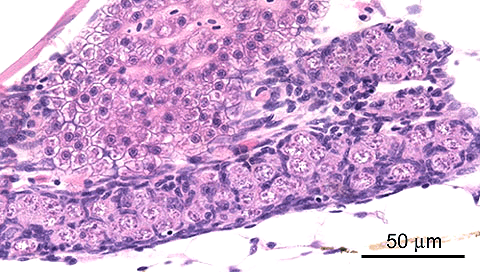
Coronal section of a juvenile male zebrafish, total body length 11 mm; age 6w; H&E staining 1. undifferentiated gonad
The undifferentiated gonad
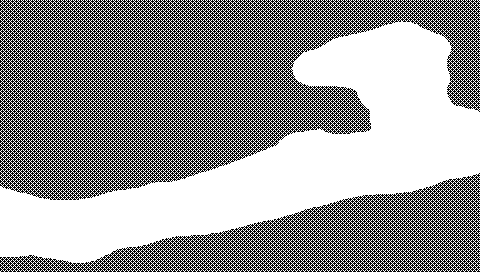 is an elongated structure which diametrically only spans a few cells; the organ is composed of mainly undifferentiated gonocytes
is an elongated structure which diametrically only spans a few cells; the organ is composed of mainly undifferentiated gonocytes . In this image, it is bounded by liver
. In this image, it is bounded by liver  and its associated peritoneal tissue
and its associated peritoneal tissue  on the medial side, and lateral by mesenchyme
on the medial side, and lateral by mesenchyme . Adjacent to the liver, part of the swim bladder
. Adjacent to the liver, part of the swim bladder is visible.
is visible. 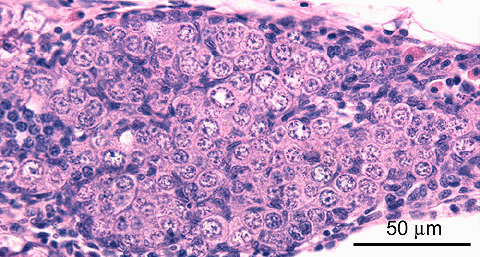
Coronal section of a juvenile male zebrafish, total body length 11 mm; age 4w; H&E staining 2. early development
An early feature of male differentiation of the gonad is ingrowth of stroma
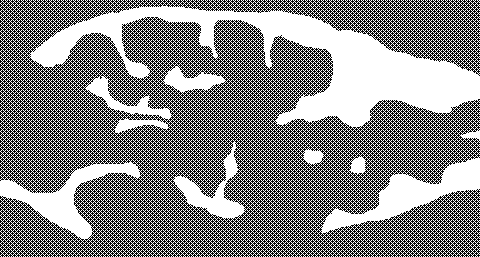 . Other features, which are not present on this image are appearance of a clustered organisation (spermatocysts) and lumen formation. This gonad mainly contains undifferentiated gonocytes
. Other features, which are not present on this image are appearance of a clustered organisation (spermatocysts) and lumen formation. This gonad mainly contains undifferentiated gonocytes , but early stages of differentiation
, but early stages of differentiation are also present.
are also present.A small part of the liver
 is visible.
is visible.

Coronal section of a juvenile male zebrafish, total body length 11 mm; age 5w; H&E staining 3. early development
This gonad mainly contains early stages of differentiation
 , which are characterized by the increased nuclear basophilic staining and decreased size, compared to undifferentiated gonocytes
, which are characterized by the increased nuclear basophilic staining and decreased size, compared to undifferentiated gonocytes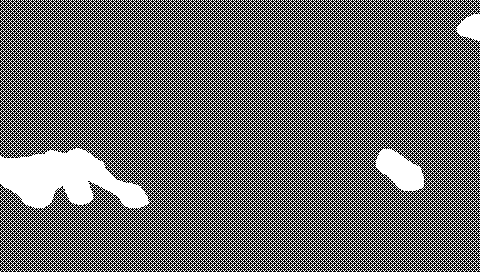 . The hole in this image probably indicates early lumen
. The hole in this image probably indicates early lumen formation; early ingrowth of stroma
formation; early ingrowth of stroma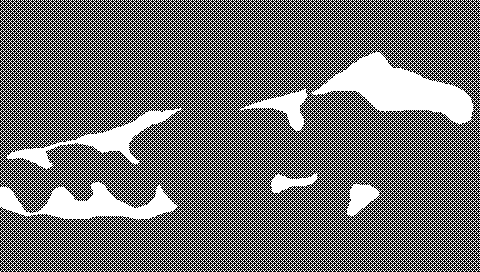 is also visible.
is also visible.Adjacent structures in this image are: liver
 on the medial side and mesenchyme
on the medial side and mesenchyme on the lateral side.
on the lateral side.

Coronal section of a juvenile male zebrafish, total body length 12 mm; age 5w; H&E staining 4. early development
Early features of male differentiation of the gonad are the appearance of a clustered organisation (spermatocysts)
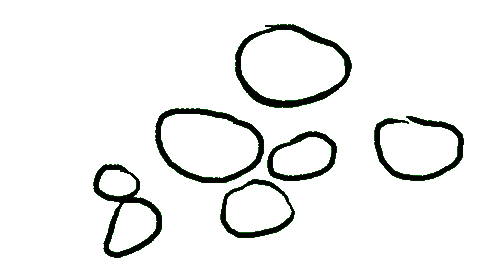 and ingrowth of stroma
and ingrowth of stroma .
.This gonad
 contains early stages of differentiation
contains early stages of differentiation , as well as undifferentiated gonocytes
, as well as undifferentiated gonocytes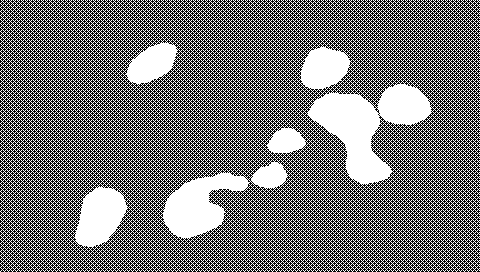 . A vessel
. A vessel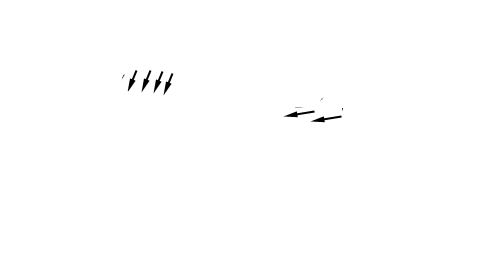 can be observed, and adjacent structures in this image are: liver
can be observed, and adjacent structures in this image are: liver , pancreas
, pancreas , and peritoneal cells
, and peritoneal cells .
.
Coronal section of a juvenile male zebrafish, total body length 12 mm; age 5w; H&E staining 5. early development
This gonad shows the combined presence of clustered organisation (spermatocyst
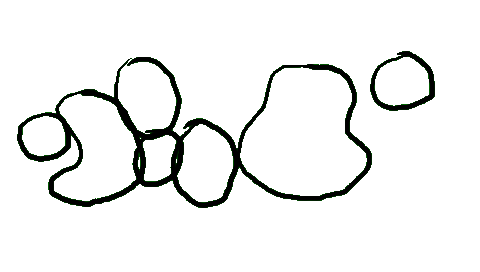 ) and lumen formation
) and lumen formation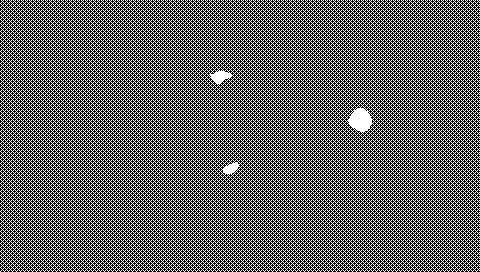 , as indications of early male differentiation.
, as indications of early male differentiation.Early stages of differentiation
 are predominant, but undifferentiated gonocytes
are predominant, but undifferentiated gonocytes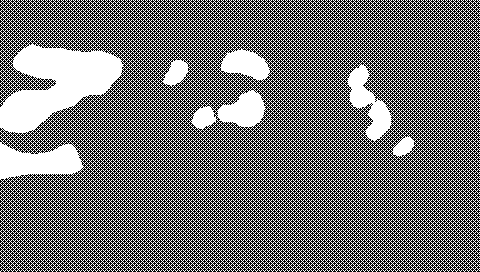 are also abundant.
are also abundant.Adjacent structures in this image are: liver
 and eosinophilic peritoneal cells
and eosinophilic peritoneal cells in mesenchyme.
in mesenchyme.
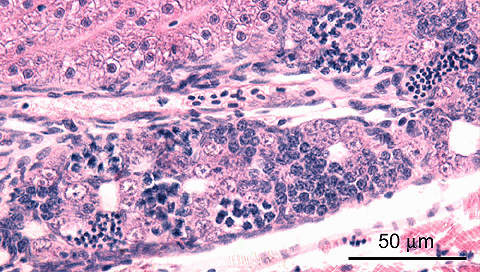
Coronal section of a juvenile male zebrafish, total body length 12 mm; age 6w; H&E staining 6. intermediate development
This gonad shows the combined presence of clustered organisation (spermatocysts
 ) and lumen formation
) and lumen formation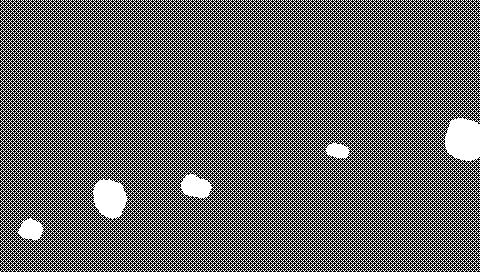 as indications of early male differentiation. A prominent blood vessel
as indications of early male differentiation. A prominent blood vessel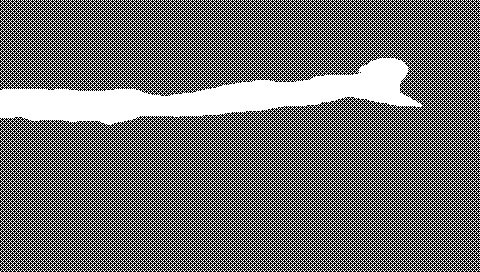 filled with erythrocytes
filled with erythrocytes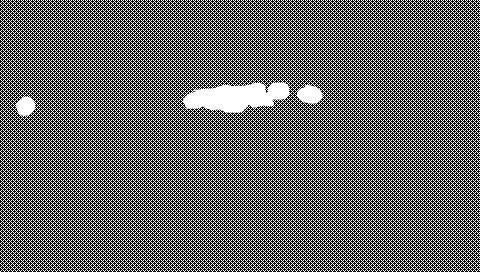 is present in the stroma.
is present in the stroma.The spematogenic epithelium contains mainly early and intermediate stages of differentiation
 , up to early spermatids
, up to early spermatids ; clusters of undifferentiated gonocytes
; clusters of undifferentiated gonocytes are also present.
are also present.Adjacent structures in this image are: liver
 and abdominal wall
and abdominal wall .
.
Coronal section of a juvenile male zebrafish, total body length 12 mm; age 6w; H&E staining 7. advanced development
This gonad can be identified as a testis by the presence of well-developed lumina
 , which are now filled with sperm, and by the clustered organisation (spermatocysts
, which are now filled with sperm, and by the clustered organisation (spermatocysts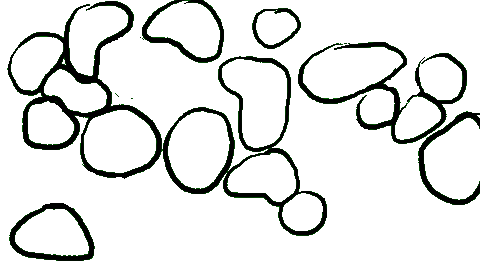 ). Clusters of spermatogonia
). Clusters of spermatogonia are also present.
are also present.Adjacent structures in this image are: clustered peritoneal cells
 .
.